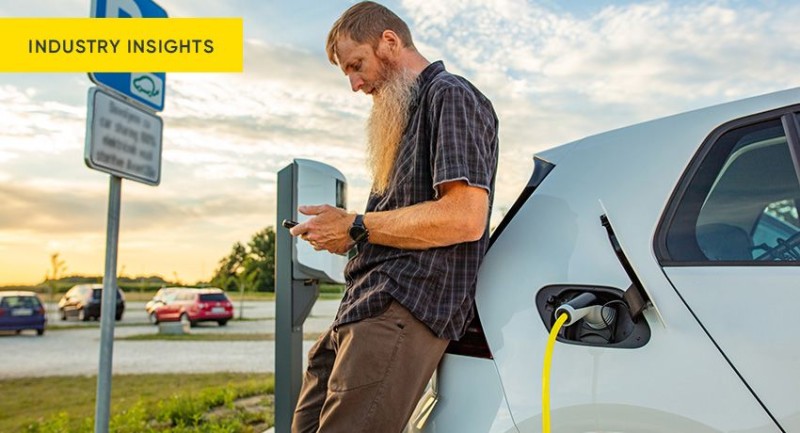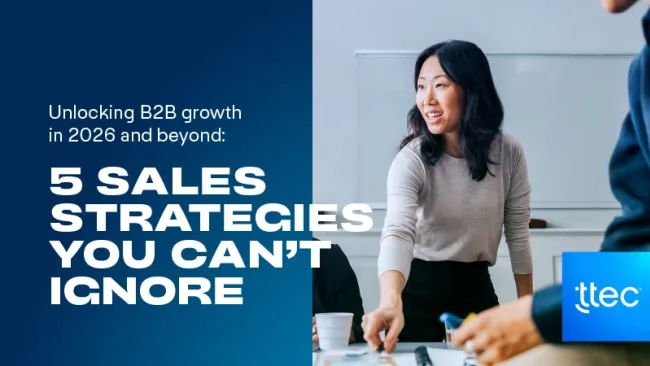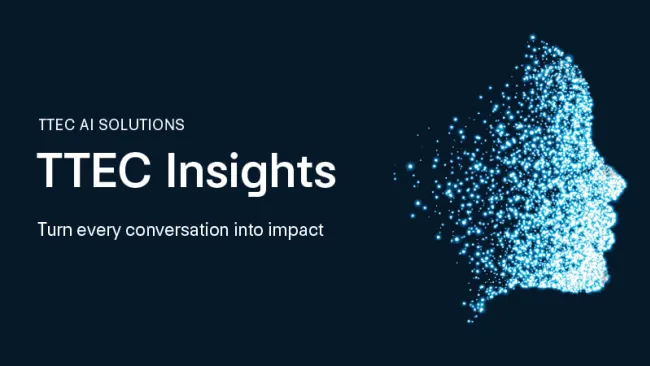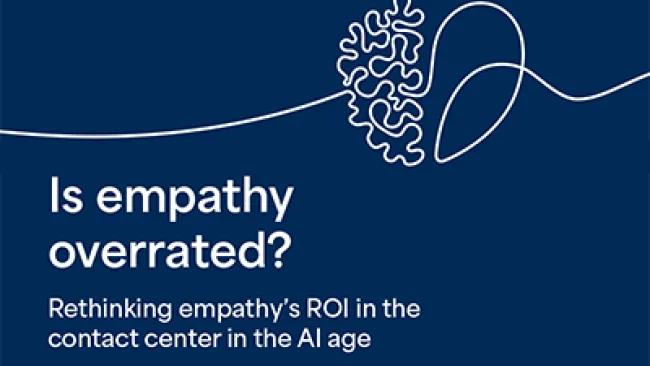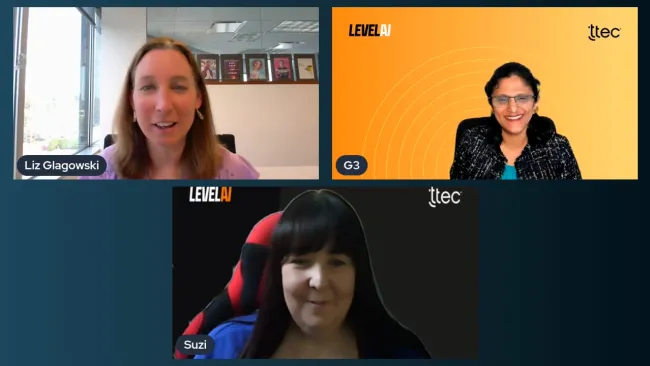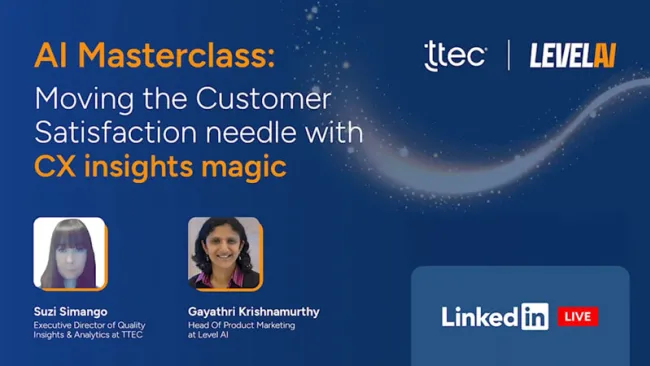As the world shifts to electric vehicles, an entirely new set of customer journeys and experiences emerges involving new players, technology, and challenges. Customers, OEMs, dealers, and partners are figuring out how to navigate uncharted territory. Consumers and brands are learning to anticipate and navigate both known and unknown issues.
For example, customers must plan for how to keep their vehicles running — they may install in-home charging stations, search for the locations of public charging stations, understand battery limitations with extreme hot or cold weather conditions, or subscribe to third-party charging sources. Once they find a charging source, it takes at least 30 minutes to charge a vehicle, a completely different experience than the 5 minutes it takes for gasoline fill-ups.
Also, some brands are introducing new innovative EV capabilities that will change the landscape of vehicles from pure mobility to essential tools for daily life. The Ford Lightning F150 electric vehicle, for instance, can be used as a standalone power source for major appliances and equipment, making it a useful alternative at construction sites, camping trips, and even during natural disasters.
Furthermore, innovative EV vehicles incorporate digital tools like telematics, on-board AI, smart assistant apps, driver-enhanced visual displays, and integrated systems that can complicate the user experience for the non-technical consumer and those new to EVs.
This creates new opportunities as well as new challenges for brands that support customers on their EV journey. While most OEMs have spent years on research and development for new technology and vehicles, they haven’t exerted as much effort to research and develop innovations in customer support.
3 EV customer support lessons learned so far
In our work with leading automotive brands, we have gathered some unique insights for contact center leaders as they embark on their journey to support EV customers.
1. EV customers look to OEMs more often than dealers for support, especially if they are new to EVs.
Most new customers of traditional, internal combustion vehicles go to the dealer first with initial ownership questions about vehicle features and everyday use. Dealers have experience and can anticipate and plan for supporting new owner questions locally. However, dealers are also new to electric vehicles and aren’t as confident or knowledgeable in some cases to answer new EV customer questions. Owners in large part are bypassing the dealers and going directly to OEMs with questions that they have typically not encountered on a large scale.
Customers with simple questions including how to charge the vehicle, where to find USB ports, how to connect devices, and others that used to be handled by the dealer are now appearing in OEM contact center queues.
Insight: OEMs should prepare for higher volumes and new call types regarding new ownership questions and prepare to ramp up when new vehicles hit the dealerships.
2. Customer interactions often take longer than those for traditional internal combustion (IC) vehicles, but CSAT figures are higher if the issue gets resolved.
Everyone is new to the EV market. Just like most “firsts,” there is a lot of emotion tied to it, and potential to build long-term customer loyalty. We’ve learned that customers are willing to switch brands for their first EV purchase and even simple resolutions will engender positive customer sentiment and loyalty. EV owners have a steep learning curve, so if a brand can help them as a trusted advisor, they’re grateful and will remember when it’s time for the next purchase.
This may take more time, since discussions about technology, vehicle usage, and even basic terms will need more explanation during an EV customer interaction than with traditional vehicles. A little more time spent with customers now may solidify a lifetime of customer loyalty.
Insight: Move away from handle-time metrics to show success in favor of customer satisfaction, first call resolution, and customer NPS.
3. Specialized EV support teams are hard to scale and generalists are overwhelmed.
With new technical product like EVs, conventional wisdom says to set up specialized teams of experts to answer customer questions. These tech-savvy experts can guide customers through their EV journey. Sounds great, but it’s difficult to scale. We’ve seen brands quickly get overrun with long queues and poor experiences in these smaller, specialized customer support teams.
At the same time, generalists need to know a lot more than they do for internal combustion vehicles. On top of general contact center training, associates are expected to provide some levels of tech support and stay informed of software and other technical updates that happen frequently, sometimes weekly.
Insight: Develop high-caliber multipurpose associates across the enterprise to ramp up or down as needed. Enable automation and dynamic, real-time knowledge management to push the latest information and resources immediately to ease the pressure on customer-facing employees.
Building blocks of innovative EV customer support
These insights sound simple enough, but implementing them in a legacy contact center is a challenge. Here are a few tactics that contact center leaders can use now to prepare for an innovative EV support environment.
First, think ahead as much as possible. As the EV customer lifecycle and key moments come into focus, anticipate and plan to provide great experiences at specific points in the journey.
Next, there’s a short window of opportunity to stand out as a CX leader among EV brands with superior customer support. Don’t waste it. Accelerate the time it takes for the CX organization to make decisions, otherwise you may fall behind the fast-paced technology updates and evolution.
Also, look to the cloud. Cloud contact center technology is more flexible and nimble than on-premise systems. Remember that moving to the cloud isn’t simply a “lift and shift” effort. Use the move to re-engineer processes, improve workflow efficiencies, tap into a wider pool of useful data, and integrate with other systems for a more complete customer picture.
And finally, consider working with an outsource partner to help with EV customer experience, rather than trying to do it all in-house. A strategic partner with experience and insights into EV customer support like TTEC can help guide you as you expand your EV customer base.
These are just some considerations as you reimagine the contact center to support the innovative EV customer journey and prepare for the road ahead.
To learn more about how to enable a great EV customer experience, get the white paper, “Innovative electric vehicles need innovative customer support.”
